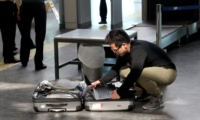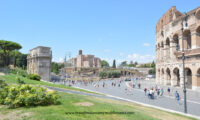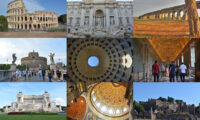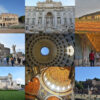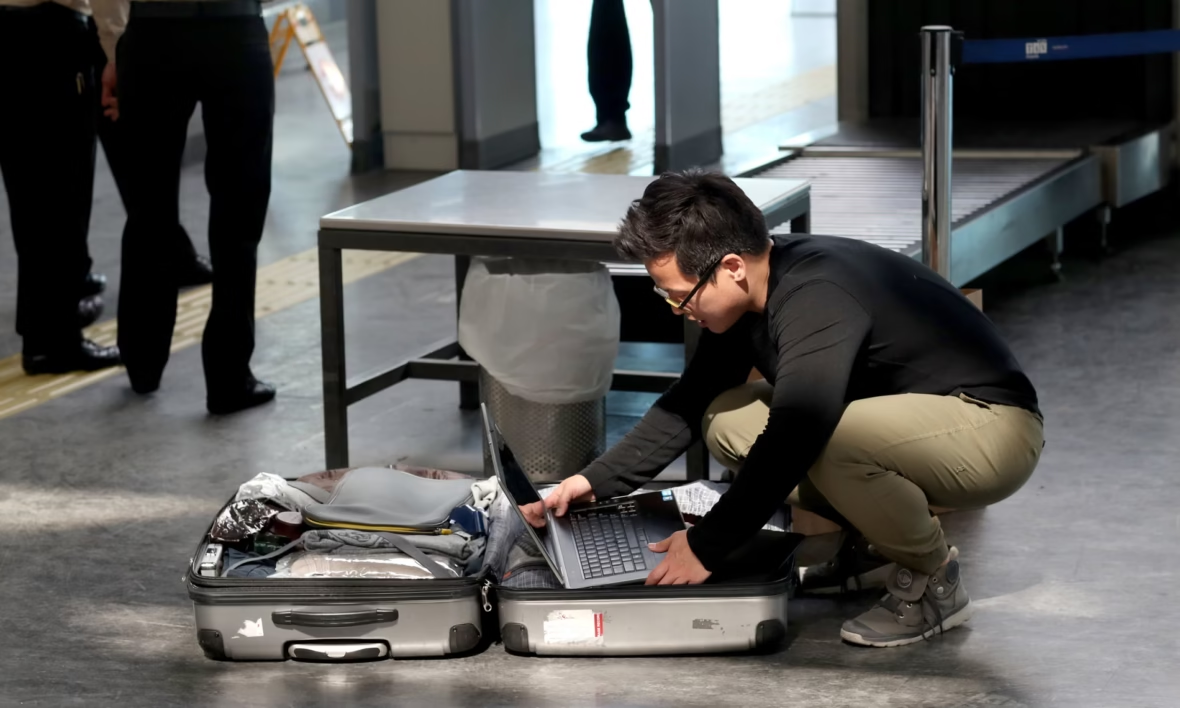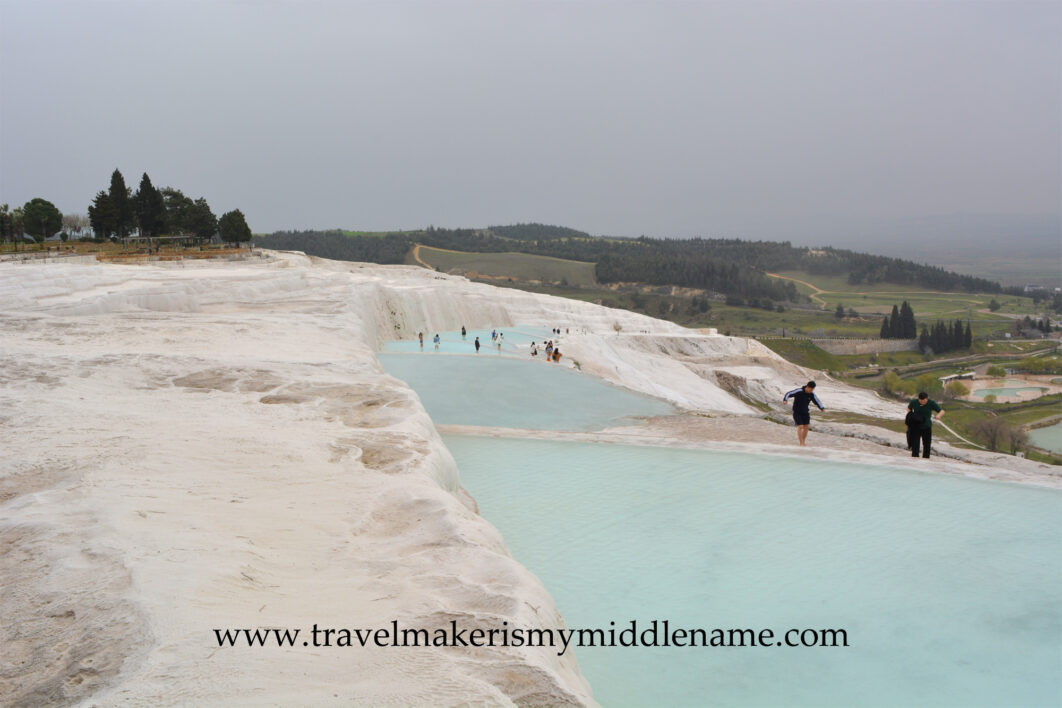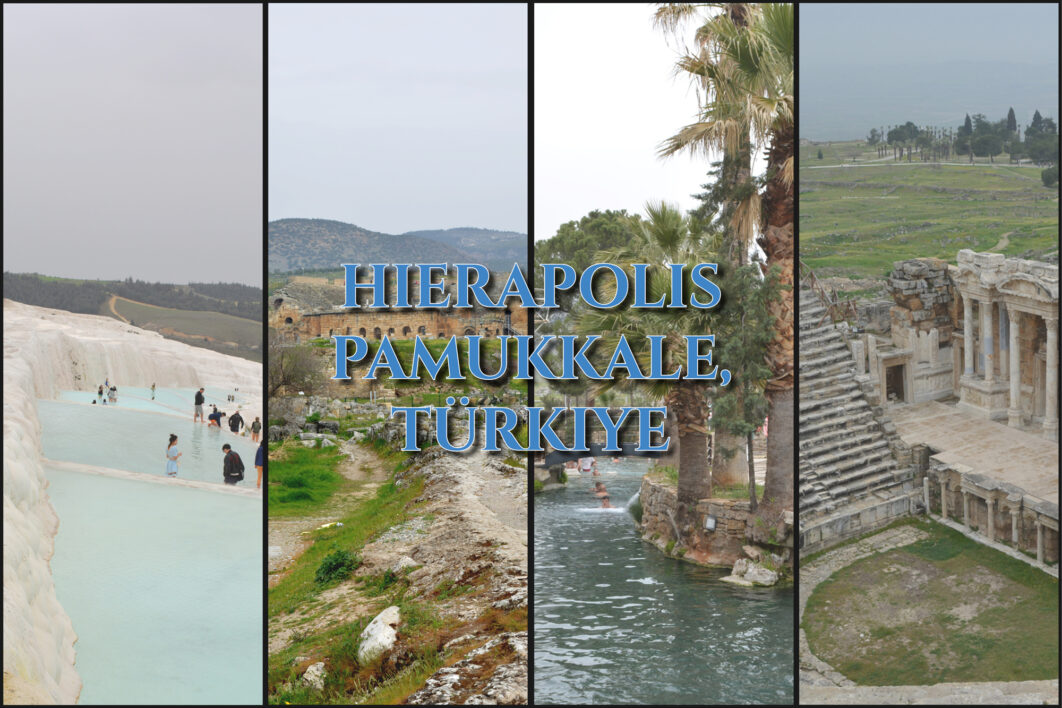Last Updated on: 6th April 2024, 06:45 pm
You probably take running water in your hotel room or home for granted. But remember that just 200 years ago, most people got their water from wells and stored them in containers in their homes. And, during extensive city-wide power outages, running water would also stop, because there are no electric pumps to deliver them to the faucet.
So what is most fascinating about the water fountains and aqueducts of ancient Rome is that, while most ancient civilisations were manually obtaining water from wells, the ancient Romans had systems that brought water to the user: water fountains that, practically automatically, dispensed water brought there by aqueducts. And this wasn’t just a small system reserved for the elite, their systems of aqueducts and water fountains were public infrastructure that served their entire empire, from the plebeians to the VIPs, and not just in Rome, but throughout their entire empire, going as far as Spain in the west and Türkiye (Turkey) to the east, as well as France and Greece.
What are aqueducts?

Aqueducts are ancient canals, channels or pipes built to direct water from a source, to where it is needed, such as an agricultural plot or a city square. The Romas built aqueducts and pipe systems out of stone and lead, starting at a high elevation source of water, and used gravity and natural water pressure to bring the water to where it is needed. The Park of the Aqueducts are the largest and best preserved in Rome.
How did the ancient Romans know exactly what gradient to make the aqueducts?
They didn’t, which is why the aqueducts are stepped and built in segments. Each segment slopes slightly downwards but is significantly stepped down from the previous segment. They did not know the exact final location of where the water was to exit the system but the fact that it can travel a collective hundreds of kilometers to reach a city within the vicinity of residents is impressive enough. The actual distributor of the water, ie the water fountain, can be more or less positioned to suit where the water exits.
John F’s Workshop here (external site, opens in new tab) has a great explanation of this process.
How to get to the Park of the Aqueducts?
There are several entrances to the Park of the Aqueducts. The park is part of the Appian Way Regional Park. Read more about the aqueducts and how to get there here to find the most convenient one for you.
What are water fountains?
Water fountains are a structure that dispenses water for either use (such as drinking) or for visual enjoyment and decoration. To get the water to move out of the fountain, some form of pressure is required, else it would just be a pool or well.
The water fountains you see today uses electricity to power a pump that moves the water around. The ancient Romans obviously had no electricity so they used gravity and water pressure to get water to move from the source, via the aqueducts, to the water fountains in the city.
As you can probably imagine, doing this without electricity is very difficult, which is why the ancient Roman aqueducts are considered to be an example of intelligent ancient engineering.
If that is not enough to impress you, stop and think for a second: how many times a day do you turn on a tap and water just flows right out? Where would you get that water if the water was stopped in your entire neighbourhood? Every time you want a sip of water, or to wash your hands, to cook or clean with?
How the system worked
The Roman aqueducts directed water over a combined length of hundreds of kilometres (800 kilometres) in Rome alone. In some cases, water can take over 24 hours to travel from the source to the destination which is not surprising since some of the aqueducts in Rome were up to 92 kilometres long. Water was always sourced from a nearby higher elevation location. But since there was no way to determine the exact gradient of a continuous pipeline, the aqueducts were built in straight, level segments, each segment stepping down a little lower than the previous one, which is why the aqueducts are stepped, rather than sloped. This means the exact height of the final output at the water fountains is not known until that last segment is finished, but a general idea would have been known. The potential gravitational energy accumulated by the water over the distance travelled in the aqueducts eventually forced water automatically out of the water fountain at the final destination.
But what to do with all that water at the final destination? Public fountains were built to dispense the water. Basins contained the water that flowed out of the spouts. Predictably, these fountains quickly became an ornate and decorative element as well as functional infrastructure. Water fountains was a symbol of prosperity and wealth in ancient Rome for this reason: the beautiful designs of the fountains not only demonstrated the skill of its builders and designers, but also the costs in constructing the elaborate structures used to dispense the life giving water that seemed to come to you automatically almost like magic, as opposed to a well from which water needs to be drawn manually by the user. Additionally, unlike well water, the water in a water fountain is moving, adding to the beautiful spectacle, which, thousands of years ago, would have been an awe-inspiring sight for visitors to Rome.
The Trevi Fountain
Rome, and indeed Italy as a whole, has many public water fountains. While The Trevi Fountain might not be the oldest water fountain in Rome, it is widely accepted as the most beautiful one and definitely the most famous one in Rome.
The Trevi Fountain, (Italian: Fontana di Trevi) is located in the middle of an urban cluster of buildings surrounded by three small alleyways; in fact, its name, “Trevi”, means “three streets”, being a combination and contraction of the Italian word for three “tre”, and street “via”. At a size of 26 metres high by 49 metres wide, its large size is completely unexpected and a contrast to the small space that it almost entirely takes up at the end of a narrow, unassuming alleyway, so naturally commands visitors’ attention. It was commissioned by Pope Clement XII and took 30 years to build from 1732-1762 (longer than the Colosseum), making it over 260 years old and constructed out of travertine stone, the same material used to built the Colosseum.
From the front, it gives the appearance of a grand building: alas, it is fixed onto a building (the Palazzo Poli, an 18th century palace that is a museum today) as a facade, meaning it can only be admired from one side (from the street), and the rooms that the small windows seem to lead to, are actually non-existent. Also, it was the design that almost wasn’t: when it was commissioned, Rome was no longer the polytheistic empire it once was and was now dominated by Christianity. The pope wanted to make a political statement about the power and influence of the Catholic church, so held a competition for the design of a grand new fountain, it being that there is nothing like using hard working tax payer’s money to build elaborate material structures to demonstrate the power and control of religion. However, this was more than a hundred years before Italy became unified: the original winner was Alessandro Galilei who was from Florence, not Rome. The local Romans were outraged that a Florentine, essentially a foreigner, were to design an iconic landmark for their homeland. Due to the public outcry, a Roman designer, Nicola Salvi, was chosen as the new winner instead. Unfortunately, the fountain was completed only after Nicola died so he never got to see the completed fountain.

But you can.
The beautifully crafted fountain is supplied with water from an actual aqueduct still in use today, the Aqua Virgo, and is adorned with fully three-dimensional sculptures, not simply reliefs. It has one large basin at the bottom into which water falls from a smaller basin above. The water is not drinkable today because of the many coins visitors toss into it, and the fact that the water is recirculated. The practice of throwing coins into the water supposedly originated from people asking the gods to protect them before they travelled by water. Today, tourists throw coins into the water for all sorts of reasons, but mostly to grant wishes and so that they may return to Rome another time. It is forbidden to get in the water, but you can watch cleaners drain and get in it to clean it once or twice a week.

For drinking, there are many drinking fountains called nasoni (Italian for “big nose”), also served by aqueducts, recognisable by their vertical, cylindrical metal structure with spouts. They are located all around the city, including in the Piazza del Colosseo near the Colosseum and the Pantheon.
How much money is collected from the Trevi Fountain?
About €4,000 is collected from the fountains … every day. That is a lot.
Where do all the coins go?
The coins that are collected used to be donated to a Catholic charity, however, since April 2018, the coins have been determined to belong to the state so is used for the costs of maintaining the city, and rightfully so, says many, that a single religious organisation of a particular denomination has no right to donations from the general public when the money should belong to a secular state to benefit all.
Visiting the Trevi Fountain

This visually attractive and culturally symbolic attraction is accessible 24/7 and located a short walk from a bus stop. Additionally, being free makes this an understandably highly popular attraction and a that is actually worth your time for all tourists.
Being a building facade directly facing the street, there is no entry or open and close time, so expect crowds at all hours of the day and night. Note that the fountain is not lit up at night (there are lights but the entire structure is not lit up).
How to get to the Trevi Fountain:
By Bus
Closest bus stop is aptly named “Tritone/Fontana Trevi“, just 220 metres away from the fountain. The buses that stop there are numbers 52, 53, 62, 63, 71, 83, 85, 110, 117, 119, 160, 492 and the night buses (about midnight to 4 or 5 am) n5, n46, n90, n201, n543. You may have to cross the road depending on which direction you come from.
Then, either walk along the main street by heading southeast from the bus stop along Via della Panetteria then southwest along Via della Lavatore until you arrive at the fountain (you may even hear it before you see it) approaching it from the south southeast/bottom right corner; or you can walk along the smaller alleyway Via della Stamperia which is the hypotenuse of the other two main streets, and you will arrive on the east side of the fountain.
By Metro:
The closest metro station is Barberini on Line A, which is a 570 metre walk (according to ATAC’s website, opens in a new tab) to the fountain, or you can take the following buses and get off on the second stop to the stop Tritone/Fontana Trevi: 62, 85, 492, n5, n46, n543 and proceed as above. The bus stop at Barberini station for going towards the Trevi Fountian is on Via di San Basilio, not Via Vittorio Veneto: there is a small fountain in the shape of an open clam shell on the corner of the two streets mentioned above, when facing the open clam shell, the bus stop is on the right hand side and the same side of the street as the fountain.
Directly to or from the airport:
The Trevi Fountain is 33.2km from Rome International Airport.
If you want see the Trevi Fountain on a layover, the fastest but not cheapest per person way to get to the fountain would be by taxi, which takes around 50 minutes depending on traffic. There is an outdoors area/carpark where taxis wait about 200 metres from the fountain at 11 Via della Stamperia, near the bus stops so you can also get a taxi directly to or from the airport from the fountain.
The cheaper but longer option is to take the train from the international airport (Leonardo ), the Leonardo Express train (once every half hour) to Roma Termini (Rome Central station) 14€, then get bus 85 (1,50€) to the fountain.
The train from the airport to Roma Termini is about 32 minutes, and the two stop ride on the metro to Barberini metro station takes around 13 minutes. This does not include walking time and further bus travels.
Useful sites:
This is Rome’s official public transport website. You can use it to find the exact stops and their names, of a bus route number and see the locations on a map. This function is only available at the time of writing in the Italian version of the website. To use this function, click on the button on the top left corner that says “CERCA LINEA” and enter the official name of the bus stop, metro station or train station name in Italian in the text boxes. It shows you the list of stops in order in your chosen direction, and the stop locations on a map, frequency of the buses, but no specific time for each bus.
Same as above. This website allows you to search for a departure point and destination in general and gives you the price and map too.
Tip: If you stay nearby, you can always stroll over and visit any time you like, even more than once as it is part of the streetscape.
Bonus: For history buffs, the oldest fountain in Rome is thought to be the fountain in Piazza Santa Maria in Trastevere.
What can you see at the Trevi Fountain?
Crowds, mostly.
Just kidding. The structure is adorned with many three dimensional sculptures, and the pool has a naturally blue colour. Water from an actual aqueduct flows continuously through the fountain and is recycled. People throw coins in it for good luck and to hope they will return to Rome again, so the basin is covered in coins, which are collected and used by the city of Rome for infrastructure. Twice a week the water flow is stopped, the fountain is drained, the coins collected, and the basin given a thorough clean. If you happen to come when this is happening, you can see this process. You might also see people coming to get wedding photos taken.
Want to learn about two bonus activities related to the Trevi Fontain? Sign up to news posts to download a free PDF! (2mb file, link is sent immediately to your email address, valid for 1 hour)
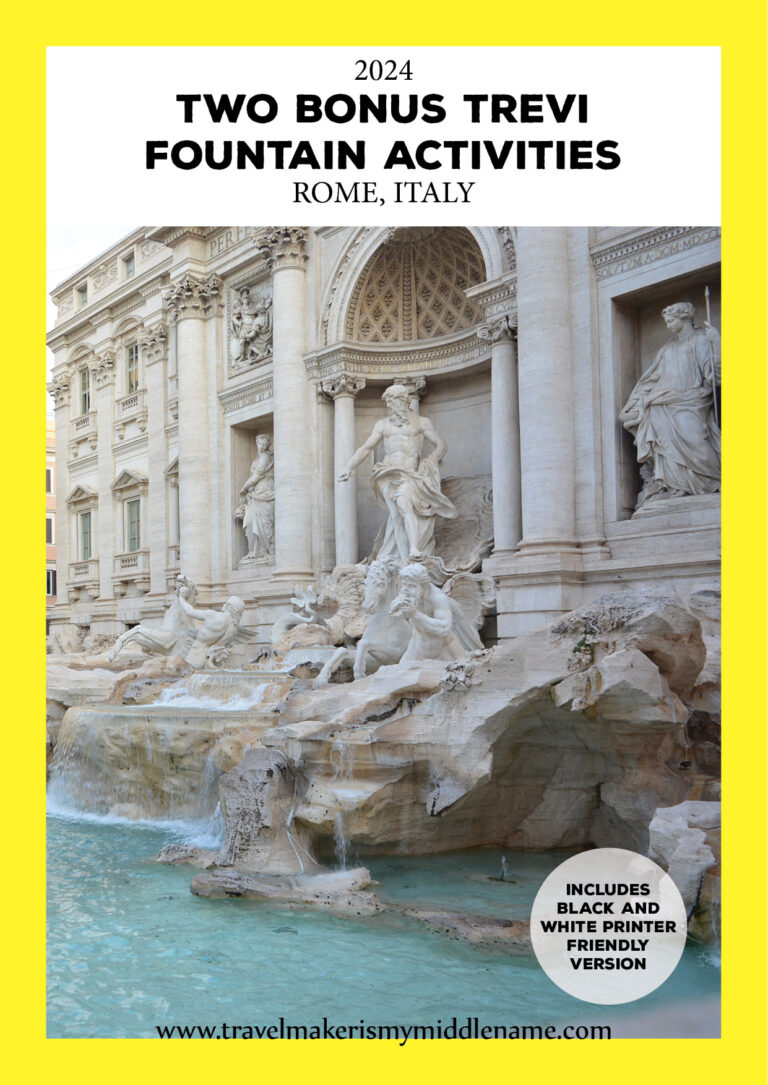
Get a PDF of Two Bonus Trevi Fountain and Aqueduct activities 2024
Send download link to:


